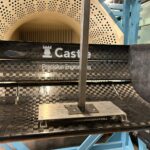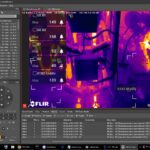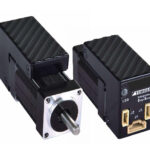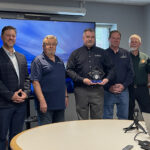Wind turbines are playing a crucial role in the expansion of greener energy alternatives currently contributing around 30% of the UK’s total electricity generation. Like any rotating industrial applications and machinery, timely and efficient maintenance is critical for wind turbines. For example; understand the dynamic behaviour, establish a baseline performance to detect the early onset of failure of rotating parts. As with all condition monitoring, if machinery is left unchecked there will always be increased potential for more serious damage and disruption.
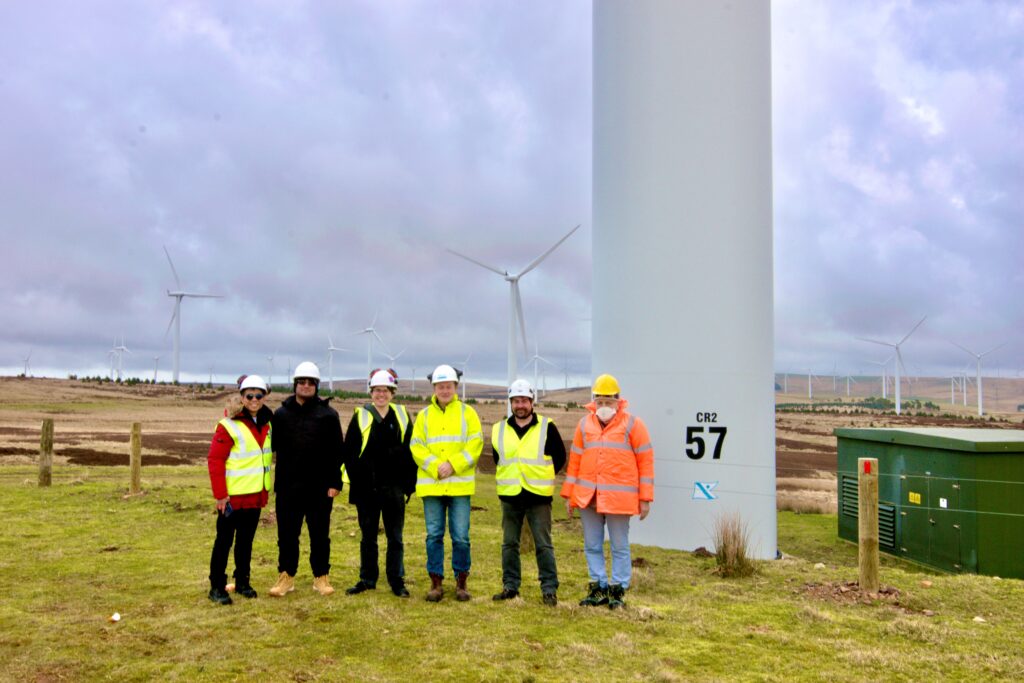
Looking to the Future of Wind Turbine Maintenance
Condition monitoring specialist SENSONICS are continually developing advancements in wind turbine blade health monitoring and their collaborations, along with the major players in wind turbine projects, are a good example of how they contribute to ensuring the giants of green energy continue to spin cleanly and efficiently now and in the future. The latest example of this is their recent visit to the Crystal Rig ll Wind Farm near Dunbar in East Lothian, as part of a collaborative team from Natural Power and the University of Huddersfield. The wind farm has an installed capacity of 138 MW and is managed by Natural Power, part of the Fred Olsen Group.
Aims and Objectives
This UK government funded project investigating blade health monitoring at the Crystal Rig wind farm holds immense promise for the wind energy industry. By leveraging the latest sensor technology, university expertise and real-world data collection, the project has the potential to revolutionise how we maintain wind turbines. By visiting the wind farm the project team were able to see the 2.3 MW Siemens turbines in action and discuss the monitoring strategy with the site personnel.
What Sensonics equipment has been installed?
T57 at the Crystal Rig ll site has been fitted with a range of sensing and data equipment from Sensonics to develop a database of measured performance data across a range of blade conditions.
The main objective of the project is to provide operators with ‘live’ blade data health through the monitoring of the main bearing only, then processing the data through specialised algorithms developed by the University of Huddersfield, combined with machine learning techniques.
Here’s what this project could mean for the future
- Early detection of blade issues: Catching blade deterioration early translates to reduced repair costs and improved turbine uptime which ultimately results in significant financial benefits for wind farm operators.
- Improved operational efficiency: Real-time blade health data allows for optimised maintenance schedules, minimising downtime and maximising energy production.
- Extended turbine life: Proactive blade maintenance can extend the lifespan of wind turbines, delaying expensive replacements and maximising return on investment.
- Non-intrusive monitoring: The focus on non-rotating parts for sensor placements simplifies installation and reduces maintenance complexity.
Future Benefits
The Crystal Rig ll project exemplifies the power of collaboration between industry leaders like Natural Power, academic institutions like the University of Huddersfield and sensor specialists like Sensonics. By combining this expertise and the valuable resources, this project is paving the way for ground breaking advancements in wind turbine health monitoring, representing a significant step forwards towards a future where wind turbine maintenance is more predictive and efficient.

